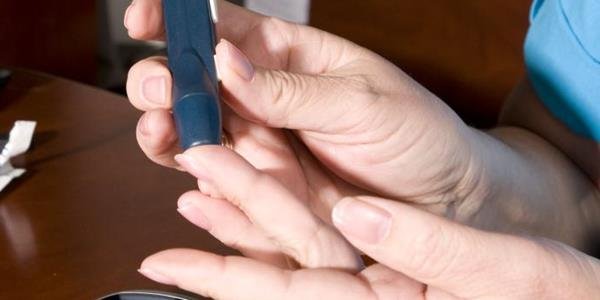Diabetic ketoacidosis

Diabetic ketoacidosis /DK/is a serious complication previously caused by diabetes that develops when the body produces large amounts of blood acids called ketones.
The complication develops when the pancreas is unable to secrete and release enough insulin into the blood.
The function of this hormone is to help sugar /glucose/ – the main source of energy for muscles and other tissues – enter the cells.
Without enough insulin, it starts breaking down fat, which is used as a substitute fuel. This process leads to the accumulation of toxic acids in the blood called ketones and leads to the development of DC if not treated promptly.
If you have diabetes or are at risk for this disease, you should learn to recognize your body’s warning signals that this complication is developing and when you need to seek medical help.
What are the symptoms?
Clinical manifestations of the complication often develop rapidly, sometimes within 24 hours.
In some people, these symptoms can be the first indication of the presence of diabetes, the most characteristic manifestations of the condition are:
• Very strong thirst;
• Frequent urination;
• Nausea and vomiting;
• Abdominal pain;
• Weakness or fatigue;
• Shortness of breath ;
• Confusion;
• Fruity smelling breath;
More specific signs of the complication that can be detected with a home blood and urine test are:
• High blood sugar levels – hyperglycemia;
• Increased concentration of ketones in the urine;
When should you seek medical attention?
If you feel unwell or stressed, or recently recovered from a serious illness or injury, check your blood levels frequently sugar, for this purpose you can use the home tests sold in most pharmacies to determine the presence of ketones in the urine.
Contact your doctor immediately if:
• You are vomiting and cannot keep any food or liquid down;
• Your blood sugar level is higher than your target and is not lowered by home treatment methods;
• Concentration of ketones in the urine is moderate or high;
Seek emergency medical help if:
• Your blood sugar level is consistently higher than 3000 mg. per liter of blood or 16.7 millimoles per liter;
• You have ketones in your urine and cannot find your doctor for advice;
• You have several signs and symptoms of DC – excessive thirst or frequent urination, nausea and vomiting, abdominal pain, shortness of breath, fruity breath, confusion;
Remember that not treating this complication of diabetes can be fatal.
Treatment of Diabetic Ketoacidosis
Treatment is carried out in a hospital, and sometimes an intensive care unit is required and consists of 3 components:
• Fluid replacement – you will be given oral fluids or IVs. They will replace those you lost through excessive urination, as well as help dilute glucose and reduce its concentration in the blood.
• Electrolyte replacement – electrolytes are minerals in the blood that carry an electrical charge such as potassium, sodium and calcium. A lack of insulin can lower the levels of several of them in the blood. Therefore, an infusion of electrolyte solutions is performed to maintain the normal function of the heart, muscles and neurons.
• Insulin therapy – usually administered intravenously. When the blood sugar level drops below 2400 mg. per liter and the blood is no longer acidic, it is possible to stop the insulin therapy and resume the standard one.



